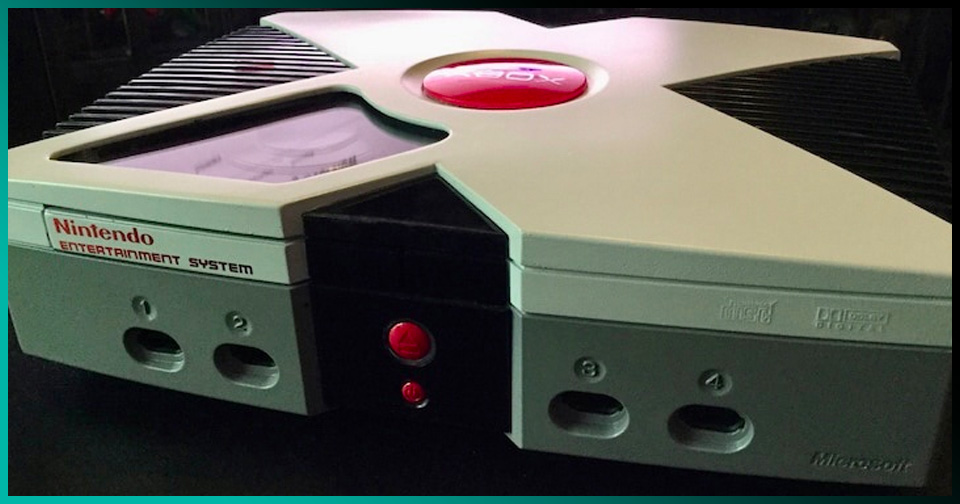Pascal Gibert, a history teacher in the preparatory class at the Madame-de-Staël high school in Montluçon, is interested in Purification in Auvergne. He devotes a thesis on this subject, which could be published in two or three years. In Montluçon, on January 22, he will paint a global portrait of the Purification in the Allier, taking examples in different localities.
How did the Purification take place in the Allier? What marks the department is both a substantial extrajudicial purge and a judicial purge which has a large volume of cases: more than four thousand for the department. This is explained by the presence of the French state government in Vichy, which inflated the figures.
However, the caciques of the regime were no longer present in Vichy during the Liberation. The great French leaders had left, in particular in Sigmaringen, as well as the leaders of the Militia, but there remained all the administrative apparatus: secretaries, heads of offices…
We are in a region where many people associated with the Germans from a professional point of view, such as the young women in the cafes where German soldiers were served, and who, at the Liberation, were brought before sewage courts
–
Surprisingly, the Vichy region was not affected by a violent purge. Until the end of the government in place in Vichy, there were significant police forces, it was difficult for the resistance fighters to act in the city and its immediate surroundings. Then, in Vichy, the powers from the Resistance took matters into their own hands. There was a court martial created to wait for the establishment of the real courts, trying to avoid summary justice.
Torture, humiliation, forced labor… A dark page of the Purification in the Allier is the Tronçais camp. The Tronçais camp poisoned the history of the Purge. Unquestionably, there were abuses that were committed: executions, shearing, rape of women… This is not to excuse, but it is not to the extent of what was written after war, especially in the far-right press, which used Tronçais to denounce the crimes of the resistance fighters. Tronçais was away from the big cities and proved difficult to control.
A look back at the atrocities of the Tronçais camp
Was the Tronçais camp an exception in Auvergne? It is unquestionably an exception as regards its autonomous operation, far from the powers. When we take up the work done on the memory of the Purge and the way in which this memory could be exploited, we realize that the Tronçais camp returns to the national level.
When the far right fires red bullets at the Resistance and the Purification to rehabilitate Pétain, the Tronçais camp is one of the elements systematically cited.
–
How was the legal purge implemented? It was planned during the war by the powers of the Resistance, in London and then Algiers, where the consultative assembly adopted a series of texts. In each department, we have set up a court of justice to judge serious things – having been a militiaman and having carried arms against the Resistance for example – and for what is less serious, such as having subscribed to a collaborationist newspaper, a civic chamber has been set up. For Allier, this was done in Moulins. A court of justice could pronounce up to the death penalty. A civic chamber pronounced a sentence of national degradation of at least five years, which deprived of the right to vote, led to dismissal when one was a civil servant… On the Allier, if we combine these two entities, there were more of four thousand files opened, and at the end 1,670 people went to court.
You report 150 to 174 people summarily executed in the Allier. Who are these people ? The first most hated figure at the Liberation was the militiaman who carried arms against the Resistance. The second is the whistleblower, who by ideology, greed, or settling of personal scores, denounced the guerrillas. These executions took place in 1943, 1944 and also 1945. There was a second wave of executions in the spring of 1945 when the courts had been set up. This is explained by the fact that people were disappointed with the slowness of justice, and especially during this period the deportees returned. Since whistleblowers were still in prison, the temptation to seize them was great.
Has an economic purge been put in place? It was partly done. The great dilemma was how to reconcile the purge with a country to be rebuilt. In the Montluçonnaise region, very marked on the left, we saw the establishment of worker management committees, the big bosses were interned in Tronçais, some were tried in court, we also purged executives. But very quickly, the public authorities became concerned about a “sovietization” of companies and put the kibosh.
Guillaume Bellavoine
Intervention by Pascal Gibert on Purification in the Allier (1944-1946), Saturday January 22, 2022, at 3 p.m., Salle Salicis (1 rue Lavoisier in Montluçon). Free admission, compliance with the health instructions in force. The conference is organized by the Historical Library of Montluçon.
– .


